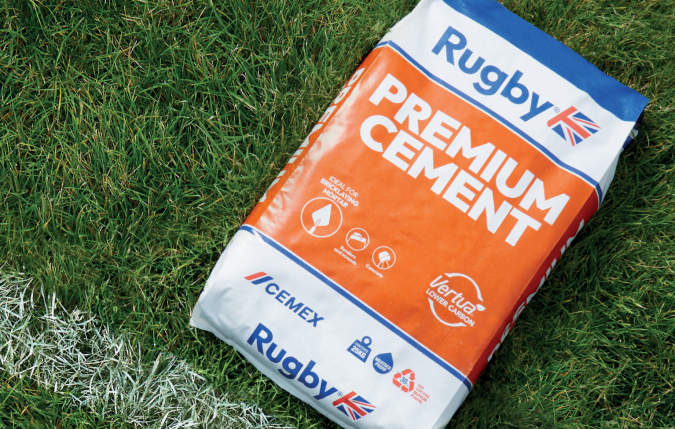
Why great design can transform your internal comms
Our Executive Client Director, Greg, spoke to Communicate Magazine about how design is crucial to keeping your employees engaged. Here’s the article in full:
The pandemic has been a wake-up call for many companies: lazy internal comms just won’t cut it. They never have, of course. But with millions of us continuing to work remotely, and the long-term future of the office unclear, the days of slapping a few posters up in the canteen are most definitely long gone.
We wrote a small piece last year entitled Let’s Ban Boring Internal Comms, which highlighted a trend we’ve been seeing amongst our clients. We found comms materials covering important areas such as onboarding, employee engagement, codes of conduct or health and safety were all-too-rarely given anywhere near the same attention as their next big consumer campaign.
For companies of all shapes and sizes, across many different sectors, these internal comms are left to wither with neglect. Why does it have to be that way? We all know that happy people make more productive employees – in fact, research shows they could be more than twice as effective. Engaging internal comms are an open goal to help build and maintain a healthy culture in your business. And yet time after time the results are dull and uninspiring, devaluing a brand’s reputation amongst the very people who should be singing its praises.
At the height of the pandemic, many businesses went into firefighting mode to deal with the inevitable teething problems of a workforce that became remote overnight when the country went into lockdown. In some extreme cases, reputable household-name brands were left trying to patch up the damage caused once news leaked of how shockingly they treated their people, and how confusingly and dispassionately they communicated what was going on as the crisis unfurled.
But now, as we move forward to embrace the possibilities and opportunities of a more hybrid-working future, engaging internal comms have never been more critical for building and maintaining that all-important company culture. In recent months, we’ve seen our clients proactively responding to evolving working patterns, crafting messaging to support the productivity and wellbeing of their people.
As graphic designers, it’s our job to ensure that messaging cuts through in a consistent, professional, impactful way. Without a strong design architecture as a foundation, all that good work can be wasted.
The good news? It’s actually not as big a shift as it seems. Great design has always been crucial for effective communication – both internally and externally. And while you may need to tailor your approach slightly differently, that’s as true as ever.
Fewer people in the office full-time means fewer physical ‘touch points’ to reach people with the latest news and important information, but remote and hybrid workers, by default, should still have access to all the same channels of communication – whether it’s email, intranet, collaboration tools or a mixture of all of these. Engaging a workforce by different methods depending on how and where they work isn’t a new trick either: across many different sectors, internal comms professionals have long considered the challenges of communicating with a diverse and disparate workforce, whether that be in-the-field vs office workers, shop-floor vs HQ, or warehouse vs desk-based, for example.
Basically, if you’re most concerned about which channel to use, you’ve probably got your priorities wrong. Once you have established the right message, for it to sink in regardless of platform, all internal comms need clarity, impact and relevance. Design is an essential ingredient to achieving this.
To get this right, consistently, you need to apply the same rigour to your internal-facing brand identity as you do when speaking to customers. We’re proud to create brand identity guidelines for internal comms that are every bit as comprehensive as our external-facing brand guidelines, because we know they make a real, tangible difference.
It’s about positioning the brand for the right audience. There will always be subtle differences between how customers and employees see a brand, and that distinction can play a big role in making internal comms feel familiar and relevant to people. That’s where a well-thought-out design framework comes into play, and the guidelines define what that looks like in practice.
Think of your internal brand expression as a sibling of your overall brand. You can recognise it, but it’s flexed in a different way to suit the audience. Robust internal brand guidelines may consider how to tailor comms depending on the context – to give health and safety messages a different look and feel to wellbeing content, for instance, or urgent company announcements.
Once you have a cohesive design platform to put your internal comms across, you’re better placed to adapt and thrive and keep employees engaged in a hybrid-working future.
Featured in Communicate Magazine, Tuesday 14 September 2021


